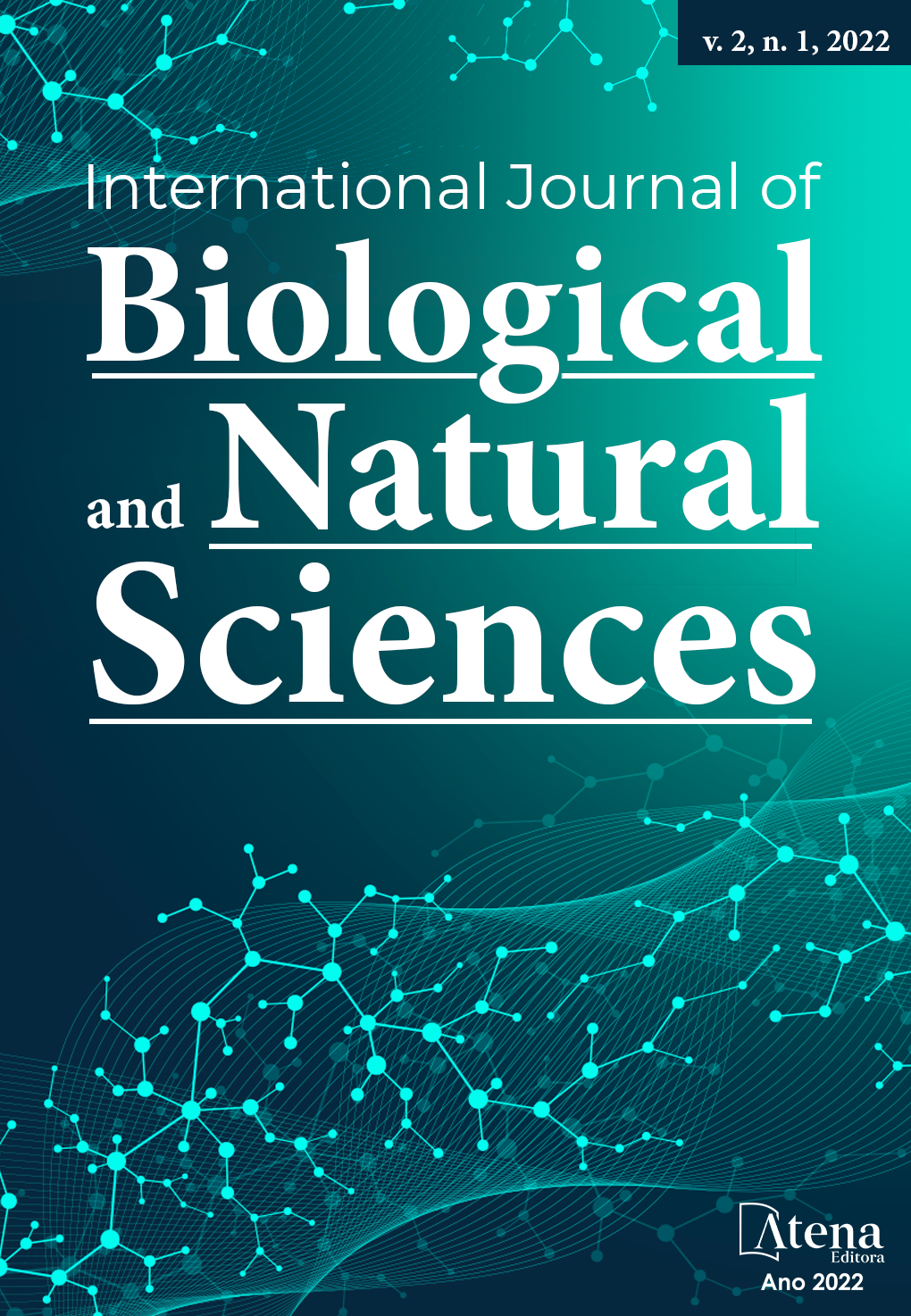
OCULAR STRUCTURE OF THE GHOST CRAB Ocypode quadrata (Fabricius, 1787)
Arthropods have composed eyes that differ in their cellular structure due to their diurnal or nocturnal habits, naming the eyes of diurnal habits organisms as apposition type and those of organisms of nocturnal habits as superposition type. However, there are species with twilight habits, such as the ghost crab Ocypode quadrata, which suggests that the cellular structure of the eye of this species could be different. In order to determine the type of eye, ocular tissue samples were analyzed of O. quadrata using histological techniques and electronic microscopy. It was structurally appreciated that each ommatidium consists of four layers of tissues: the cornea, the lens, the rhabdom and the basement membrane. In the cornea three sections are appreciated: the cuticle, the corneogenous cuticle, and the distal pigment cells. The crystalline contains the interomatidial pigment, the retina cellular pigment and the retina cells. The rhabdom is made up of the rhabdomeric cells and proximal pigment cells, and finally the basement membrane that supports the ommatidium. When analyzing and comparing the structural characteristics of the ghost crab eye with those of diurnal and nocturnal organisms, both, structural similarities and differences were found, resulting in an intermediate ocular structure, which is why it was called the Interposition type. This structure allows O. quadrata to respond to intermittent changes in its environment like: aquatic-terrestrial and light-darkness.
OCULAR STRUCTURE OF THE GHOST CRAB Ocypode quadrata (Fabricius, 1787)
-
DOI: 10.22533/at.ed.813212214014
-
Palavras-chave: Pigment Cells, Cornea, Cone, Ommatidium and Rhabdoma
-
Keywords: Pigment Cells, Cornea, Cone, Ommatidium and Rhabdoma
-
Abstract:
Arthropods have composed eyes that differ in their cellular structure due to their diurnal or nocturnal habits, naming the eyes of diurnal habits organisms as apposition type and those of organisms of nocturnal habits as superposition type. However, there are species with twilight habits, such as the ghost crab Ocypode quadrata, which suggests that the cellular structure of the eye of this species could be different. In order to determine the type of eye, ocular tissue samples were analyzed of O. quadrata using histological techniques and electronic microscopy. It was structurally appreciated that each ommatidium consists of four layers of tissues: the cornea, the lens, the rhabdom and the basement membrane. In the cornea three sections are appreciated: the cuticle, the corneogenous cuticle, and the distal pigment cells. The crystalline contains the interomatidial pigment, the retina cellular pigment and the retina cells. The rhabdom is made up of the rhabdomeric cells and proximal pigment cells, and finally the basement membrane that supports the ommatidium. When analyzing and comparing the structural characteristics of the ghost crab eye with those of diurnal and nocturnal organisms, both, structural similarities and differences were found, resulting in an intermediate ocular structure, which is why it was called the Interposition type. This structure allows O. quadrata to respond to intermittent changes in its environment like: aquatic-terrestrial and light-darkness.
-
Número de páginas: 25
- Elizabeth Valero-Pacheco
- Luis Gerardo Abarca Arenas
- Fernando Álvarez Noguera
- Mayvi Alvarado Olivares
- Jose Ricardo Barradas Barradas


